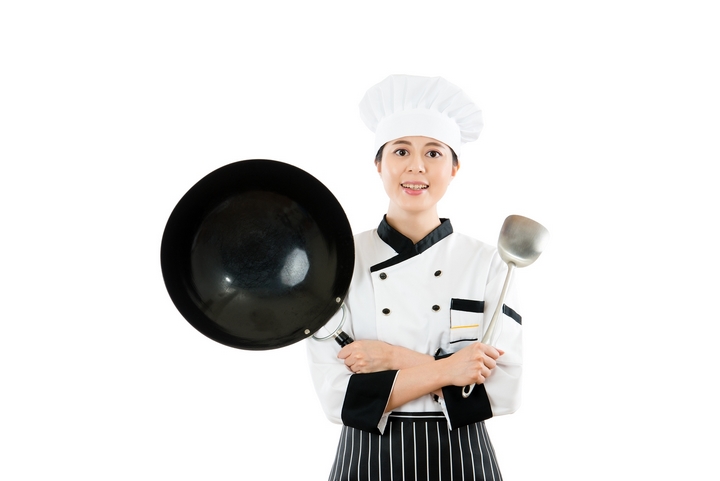
The restaurant industry is rife with various roles and positions. Everyone who has their designated responsibilities must work in cohesion with others, to get the job done. From the restaurant owners themselves, to the waiters, each role is as important as the next. However, the chef may be one of the most vital.
That is because, for obvious reasons, a restaurant can’t function without their skillset. While in the kitchen, chefs will create delectable dishes, using various types of cookware. Some cookware are more intricate than others, but all help the chef in their day-to-day activities.
Here are some of most common cookware chefs use, each explained in better detail:
1. Frying Pans
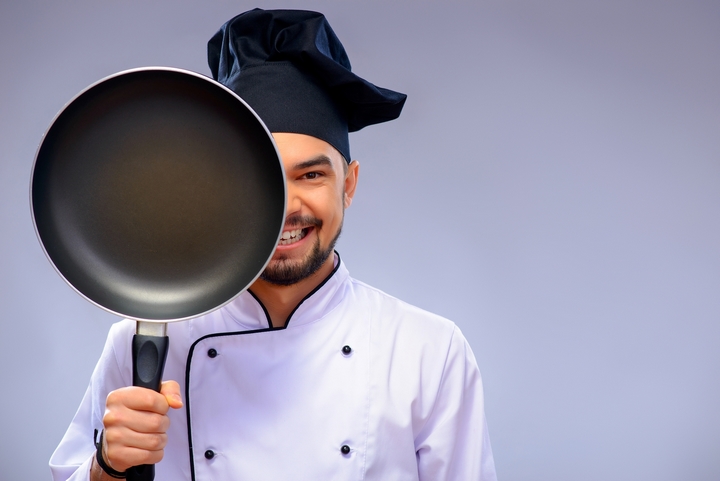
Many chefs use the classic frying pan when cooking in a restaurant. With a wide, circular space, and a flattened bottom, frying pans are used to cook virtually all types of ingredients. Some frying pans differ, however, in terms of the material used to make meals.
For example, the most common cookware used in a professional kitchen are made out of steel lined copper. Metal helps to sustain the pan’s longevity, so that it can be used without fear of deteriorating. If you are a chef in the making, always try to go for one that is made out of cast iron or stainless steel!
2. Sauté Pans
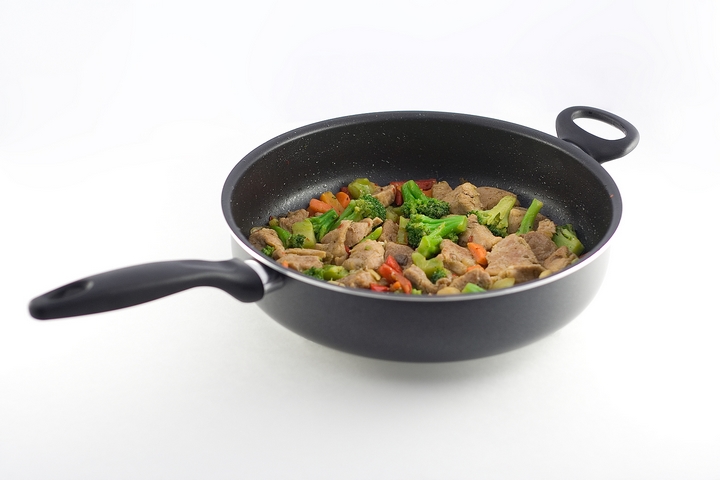
Pans are so multifaceted in cookware, that they can be used for different purposes. Whereas the frying pan will generally be used for frying ingredients, a sauté pan is used for sautéing. Some ingredients in dishes have to move around while being fried, which is where this pan comes in. What differentiates it from the frying pan is, mainly, the composition.
Sauté pans are not as shallow as their counterpart, allowing the contents inside to heat up rapidly. As is the case with frying pans, the most common sauté pans are made out of copper or stainless steel. In addition, this type of commercial cooking equipment is very easy to use, for restaurant chefs and home cooks alike.
3. Woks
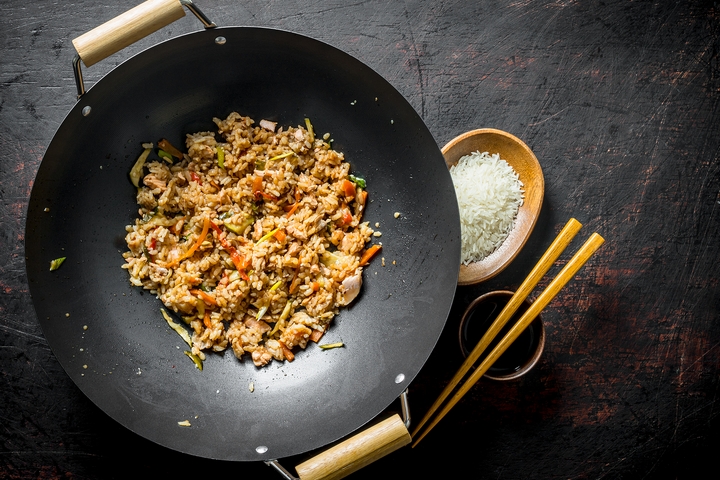
Asian, and south Asian cuisine by extension, has rapidly seen a surge in popularity in recent years. The preparation used to make these types of dishes revolve around the use of a wok. This variation of the pan is fairly large, featuring a smooth slope within. The wok also has handles on both sides of the pan, for easy gripping.
Woks tend to heat up quickly, and, as a result, require the chef to be extra careful when using it. However, they are very versatile to use, when making an assortment of dishes. Not only that, but once they are being used, chefs often comment on how light the pan can actually be!
4. Skillets
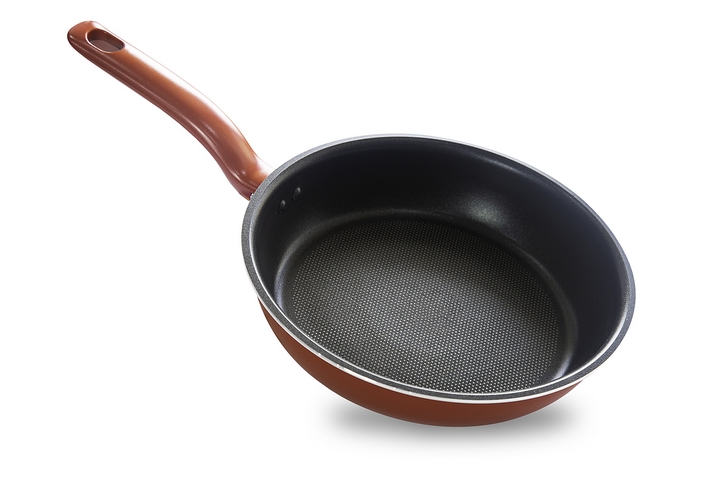
If you were to take the classic frying pan, and bolster it with weight, you would usually have a skillet on hand. Skillets are often confused with frying pans, due to the striking similarities. However, this type of professional cookware differs on more than just its physical appearance.
Just by holding one in your hand, you’ll find this cookware is noticeably heavier than a standard frying pan. This comes down to the fact that it can usually hold more contents inside than its counterpart. Skillets are also versatile, and can handle more heated temperatures than other types of cookware.
5. Saucepans
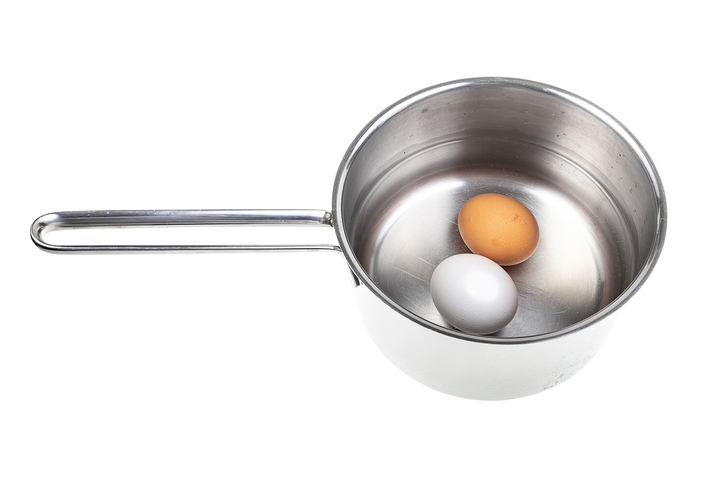
Once a cook has finished preparing solid textured meals, they will usually have to complement it with a soup. Or they may fancy making a sauce to go along with a designated dish. In this light, saucepans will generally be used to make and house these specific types of contents.
Saucepans are noticeably smaller than other types of cookware used by chefs. This is due to the fact that they don’t require large volumes of ingredients to be stored within. Lids are also a feature of the saucepan, so that spillage from liquid inside doesn’t splatter all over the chef. To get a well-textured soup or sauce, copper saucepans are generally the way to go.
6. Brazier Pans
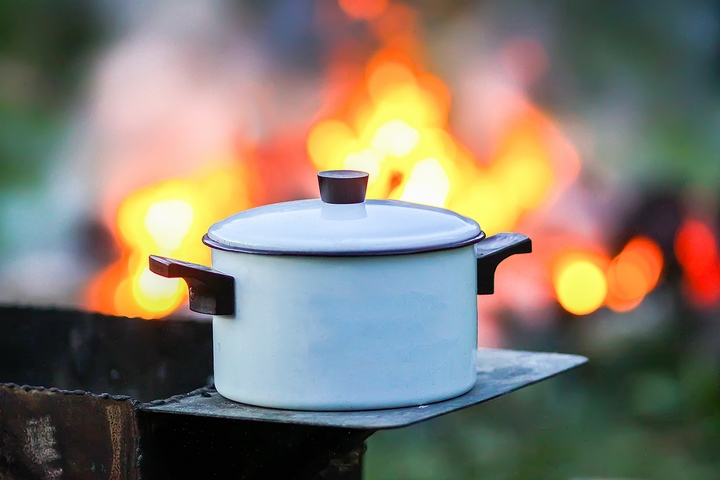
Brazier pans are similar in vein to the large wok, but with the added feature of a moisture-locking lid. For foods that require a slow, methodical approach to cooking, a brazier pan will often be used. Dishes turn out to be more succulent as a result!
7. Griddle Pans
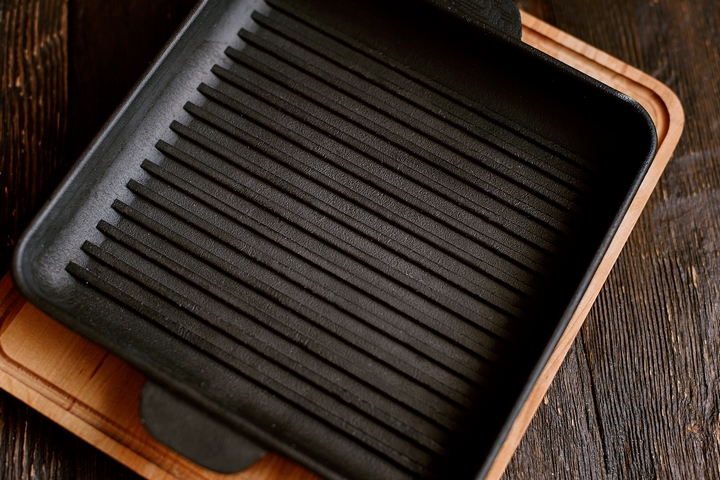
For chefs and home cooks planning their next breakfast-themed dish, griddle pans will often be implemented. These types of pans have a square-shaped bottom, allowing foods like pancakes to be cooked in large volumes.
Despite cookware remaining fairly similar by design, the different types used have their own unique purposes. Chefs, and home cooks alike, will mix-and-match accordingly, in order to reach their desired goals. There can never be a dull moment in the kitchen as a result!
